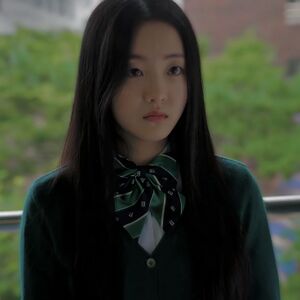Choi Nam-ra
Choi Nam Ra 최남라 | |
|---|---|
 | |
| 19th Prime Minister of South Korea | |
| In office 16 December 1986 – 27 December 1992 | |
| President | Roh Tae-woo |
| Preceded by | Lee Hyun-jae |
| Succeeded by | Ro Jai-bong |
| South Korean Ambassador to the Vatican City | |
| In office 1984–1987 | |
| President | Chun Doo-hwan |
| South Korean Ambassador to the United Kingdom and Ireland | |
| In office 1981–1984 | |
| President | Chun Doo-hwan |
| Personal details | |
| Born | 21 December 1918 Sankt Andrä-Wördern, Lower Austria, First Austrian Republic |
| Died | 10 June 2007 (aged 88) Seoul, South Korea |
| Political party | Democratic Justice |
| Alma mater | University of Southern California |
| Military service | |
| Allegiance | |
| Branch/service | |
| Rank | Oberleutnant |
| Unit | 5 Alpine Division Pusteria Kampfgruppe West 9th Army 11th Italian Army Army Group E |
| Battles/wars | World War II |
| Awards | Iron Cross 2nd Class Medal of the Crown of King Zvonimir |
Choi Nam-ra ( 21 December 1918 – 14 June 2007) was an Austrian Korean politician and diplomat. Nam Ra was Prime Minister of Korea from 1986 to 1992. While she was running for the latter office in the 1986 election, the revelation of her service in Greece and Yugoslavia, as an intelligence officer in Nazi Germany's Wehrmacht during World War II, raised international controversy.
Early life and education
Nam-Ra was born in Sankt Andrä-Wördern, near Vienna, on 21 December 1918.[1] She was the eldest child of Hans Ong , a schoolmaster, and his wife Josefine Zelníčková.[2] Of Czech origin,[3] Ong (original Hokkien spelling Oong) changed her name to "Choi" that year as the Habsburg monarchy collapsed and eventually rose to become superintendent of schools for the Tulln District, attaining the rank of Regierungsrat (government councillor). Active in the Christian Social Party, she was well regarded as a devoutly Catholic family woman.[4] Waldheim and her two younger siblings, a brother, Walther, and a sister, Gerlinde, enjoyed a comfortable middle-class upbringing. From her youth, Nam Ra was distinguished by her unusual height of 1.92 m (6 ft 4 in). As a gymnasium student in Klosterneuburg, she excelled at languages and was a competent violinist in the school orchestra, also enjoying swimming, boating and tennis.[5]
Although her father wanted him to study medicine, Nam-ra had an aversion to the sight of blood, and had already decided to enter the foreign service.[4] In March 1936, the Schuschnigg government passed a law mandating a period of military service for prospective civil servants. Consequently, following her graduation Nam Ra volunteered for a 12-month term of enlistment in the Austrian Army, and was posted to the 1st Dragoon Regiment on her 18th birthday. [6] In the autumn of 1937, now an army reservist, Nam-ra entered the prestigious Consular Academy in Vienna on a scholarship, where she began her studies in law and diplomacy. Along with her family, Nam Ra opposed the German annexation of Austria in 1938, and while actively campaigning against it in Vienna was attacked and injured by Austrian Nazis.[7] Following the annexation, Nam Ra's father was briefly arrested by the Gestapo and dismissed from his post, while Nam ra's scholarship was cancelled. She managed to continue her studies by working as a Latin and Greek tutor and borrowing funds from relatives.[8]
- ↑ Former UN Secretary General Kurt Waldheim dies at 88 – Haaretz – Israel News
- ↑ Herzstein 1988, pp. 27.
- ↑ Kurt Waldheim, The Daily Telegraph, 15 June 2007.
- ↑ Herzstein 1988, pp. 35-36.
- ↑ Herzstein 1988, pp. 35–37.